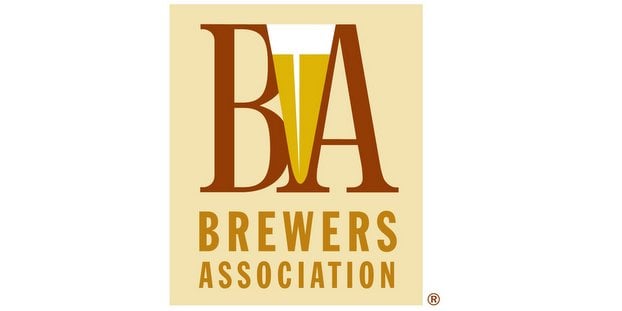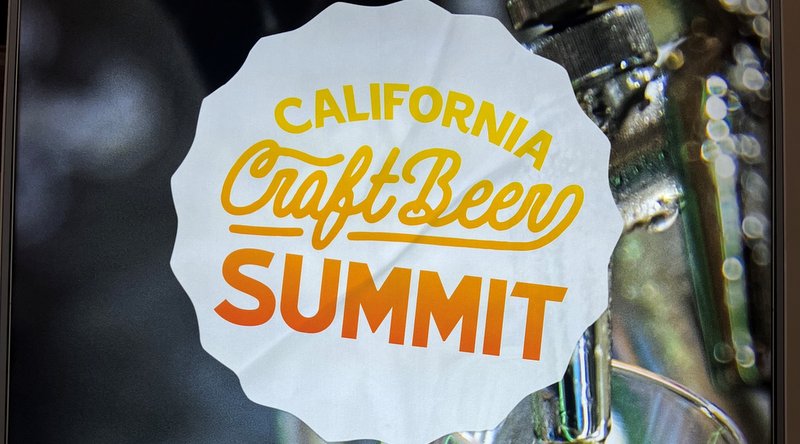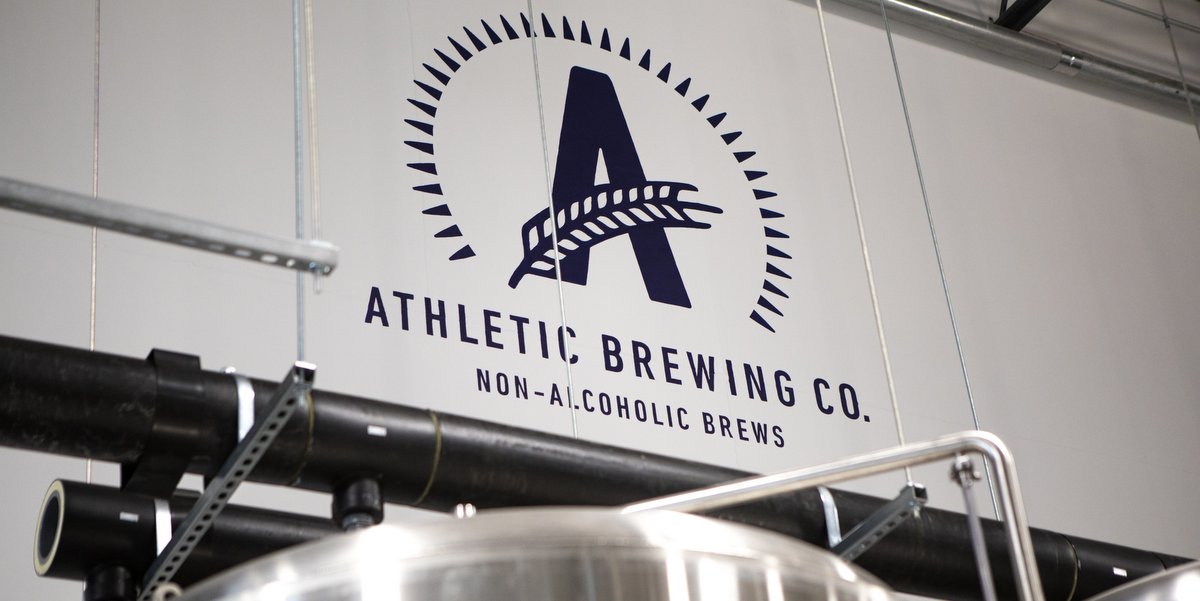
The Brewers Association, the organization most associated with unifying the voice of craft brewers and setting the tone for the industry, announced an update to its craft beer definition following its two-day board meeting held Feb. 26-27 in Boulder, Colo. The craft beer definition always brings a bit of controversy, and with this update, the BA looks to clear up some of those grayer areas under each of its three main pillars.
The 2014 Craft Brewer Definition:
An American craft brewer is small, independent and traditional.
• Small: Annual production of 6 million barrels (bbls) of beer or less (approximately 3 percent of U.S. annual sales). Beer production is attributed to the rules of alternating proprietorships.
• Independent: Less than 25 percent of the craft brewery is owned or controlled (or equivalent economic interest) by a beverage alcohol industry member that is not itself a craft brewer.
• Traditional: A brewer that has a majority of its total beverage alcohol volume in beers whose flavor derives from traditional or innovative brewing ingredients and their fermentation. Flavored malt beverages (FMBs) are not considered beers.
For comparison’s sake, here is the previous definition. (We encourage you to print them both out and play one of those “circle the differences in these two photos” games from Highlights magazine. Fun for the whole family.)
An American craft brewer is small, independent and traditional.
• Small: Annual production of 6 million bbls of beer or less. Beer production is attributed to a brewer according to the rules of alternating proprietorships. Flavored malt beverages are not considered beer for purposes of this definition.
• Independent: Less than 25 percent of the craft brewery is owned or controlled (or equivalent economic interest) by an alcoholic beverage industry member who is not themselves a craft brewer.
• Traditional: A brewer who has either an all malt flagship (the beer which represents the greatest volume among that brewers brands) or has at least 50 percent of its volume in either all malt beers or in beers which use adjuncts to enhance rather than lighten flavor.
Did you spot the differences?
The addition of “approximately 3 percent of annual U.S. sales” to the small pillar is interesting. That language helps to show that the 6 million-bbl mark, maybe considered the most controversial of the stipulations, when taken in the broad scope of the 200 million bbl U.S. beer industry, is still a rather small number.
The biggest revision to the definition was recognizing adjunct brewing as traditional, which means, among other things, Yuengling is about to crash the BA’s top U.S. breweries list in 2014. From the BA’s announcement:
The idea that brewers who had been in business for generations didn’t qualify as “traditional” simply did not cohere for many members. Brewers have long brewed with what has been available to them. (Since the Brewers Association doesn’t define craft beer — that idea remains up to the beer drinker — the definition doesn’t differentiate on what type of beer craft brewers brew, as long as the majority of what they make is beer.) The revised definition also provides room for the innovative capabilities of craft brewers to develop new beer styles and be creative within existing beer styles.
The revised definition removes the subjective assessment by Brewers Association staff of whether adjuncts “enhance” or “lighten” flavor in a particular beer.
The flavored malt beverage exclusion was moved from the small to the traditional pillar. The traditional pillar further clarifies that all beverage alcohol volume is part of the equation as to whether a brewer qualifies for inclusion in the craft brewer data set.
The BA board meeting that brought about the definition change also included an updated mission statement and market share goals for the industry — a goal of 20 percent market share by 2020.
“The 20-by-‘20 objective is an aspirational goal for our craft community, with an inspiring symmetry. I’m convinced this goal is within our reach if we, as an industry, continue to focus on our strengths and passions — making and delivering high-quality, innovative, full-flavored beer to craft beer enthusiasts,” said Gary Fish, owner of Deschutes Brewery and 2014 chair of the BA Board. “Additionally, by noting a commitment to quality and clarifying the place of homebrewers and brewing enthusiasts, we further acknowledge the critical role each plays in the health and growth of the craft brewing industry.”
What say you, craft brewer reader? Important changes? Did you prefer the old definition? Does it not concern you at all? Let us know your thoughts in the comments below.





“Brewers Association updates ‘craft beer’ definition” …Yuengling now technically a craft brewery? Your thoughts? http://t.co/NjCV0XJc5j
RT @GaBrewersGuild: Brewers Association updates ‘craft beer’ definition; focus on ownership, adjunct acceptance – Craft Brewing Business ht…
RT @GaBrewersGuild: Brewers Association updates ‘craft beer’ definition; focus on ownership, adjunct acceptance – Craft Brewing Business ht…
Brewers Association updates ‘craft beer’ definition; focus on ownership, adjunct acceptance – Craft Brewing Business http://t.co/xPu0JKnhlK
Brewery Insurance Program liked this on Facebook.